April 15, 2025 | 19:35 GMT +7
April 15, 2025 | 19:35 GMT +7
Hotline: 0913.378.918
April 15, 2025 | 19:35 GMT +7
Hotline: 0913.378.918

A cinnamon plantation in Quang Nam. Photo: Son Trang.
According to the Vietnam Pepper and Spice Association (VPSA), Vietnam currently has the largest cinnamon cultivation area in the world, with 180,000 hectares in 2023, producing 72,000 tons. Cinnamon is one of Vietnam's top export spices. In the first eight months of 2024, Vietnam exported 63,000 tons of cinnamon, earning USD 177 million.
Thanks to increased exports in recent years, cinnamon is providing a stable income for farmers in many regions.
However, cinnamon production in Vietnam is generally associated with many unsustainable factors. The prevalence of monoculture leads to risks to biodiversity, soil degradation, reduced genetic diversity, and lower natural resilience of crops. These risks include removing natural and beneficial vegetation under tree canopies and a lack of proper care (e.g., pruning), affecting plant health.
In response to this situation, the Union for Ethical BioTrade (UEBT) has used practical and theoretical knowledge to propose a biodiversity-friendly cinnamon production model in Vietnam. This model is expected to help cinnamon farmers increase their income compared to monoculture production, diversify their income sources, benefit local biodiversity, and achieve high-quality, stable cinnamon products that meet sustainable standards and international regulations.
According to UEBT, in monoculture cinnamon production, if farmers plant 10,000 trees per hectare, the total revenue in the first cycle is VND 876 million, with a total cost of VND 90 million. Thus, the profit in the first cycle is VND 786 million.

Biodiversity-friendly cinnamon cultivation yields higher productivity than monoculture. Photo: Son Trang.
In biodiversity-based cultivation with mixed-species or multipurpose planting and live boundaries, farmers plant only 3,300 to 6,600 cinnamon trees per hectare, intercropped with native forest trees (such as Parashorea chinensis, Styrax tonkinensis, Canarium album, Erythrophleum fordii, Castanopsis, Quercus, and others). Results show that after one cycle, total revenue from cinnamon is VND 1.034 billion with 6,600 trees and VND 1.023 billion with 3,300 trees.
After deducting costs, farmers earn a profit of VND 894 to 903 million per hectare, significantly higher than monoculture. Additionally, biodiversity-based production offers income from native forestry trees and the potential to earn from carbon credits.
Biodiversity-based cinnamon cultivation offers many other significant benefits for farmers compared to intensive monoculture, such as higher survival rates (over 85%) and higher productivity.
In monoculture, farmers face high risks from pests, drought, and nutrient deficiencies, which often lead to the use of agricultural chemicals. In contrast, biodiversity-friendly cultivation reduces these risks, eliminating the need for agricultural chemicals.
Especially in monoculture cinnamon cultivation, yields decrease in subsequent cycles due to the crop's sensitivity to pests and drought. In biodiversity-based models, cinnamon maintains stable productivity over many years.
UEBT notes that the biodiversity-friendly cinnamon cultivation model requires higher management skills from households, such as record-keeping, monitoring, and knowledge of native species, terrain, and pest types.
Seedlings: Purchase from certified nurseries or self-produce from forest trees (select trees aged 15-30 years, with well-developed growth, thick oil-bearing bark, and no pests).
Land preparation: Clear in rows (or strips) 1 meter wide; clear in patches; clear around the base of each tree with a radius of 80 cm.
Land management: Weed around the base until the canopy closes (2-3 years). Do not use herbicides. Thin annually to less than two-thirds of the tree's height.
Pest management: Regularly inspect fields, interplant native trees to repel pests, use manual methods (dig around tree bases to eliminate and prevent pest nests), and only use approved chemicals if there is a widespread infestation.
Harvesting: Select trees over 15 years old with an average diameter of 15 cm and height of 11 m. Harvest bark by cutting selected trees. After harvesting, replant new trees 50 cm away from the old ones.
Translated by Kieu Chi
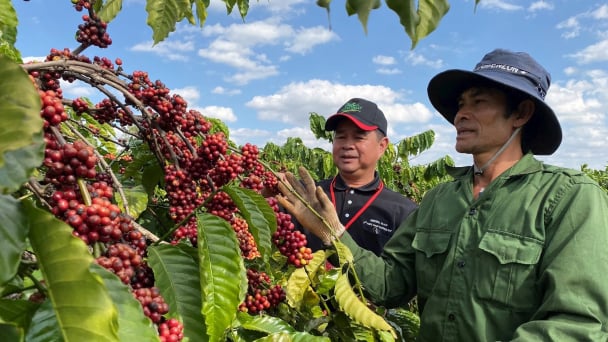
(VAN) Businesses emphasize fairness and equality when integrating social factors into their sustainable development strategies.
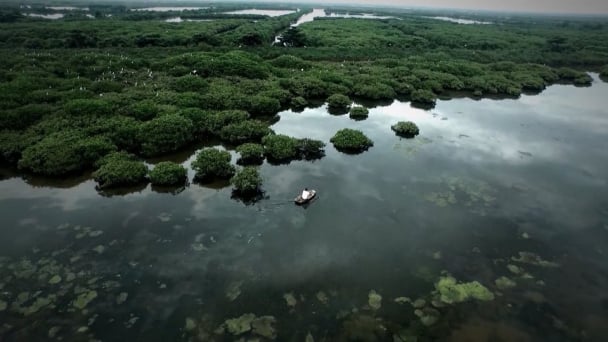
(VAN) French organizations and enterprises propose that Thai Binh province provide potential and long-term cooperation contents related to climate change response and green industrial development.
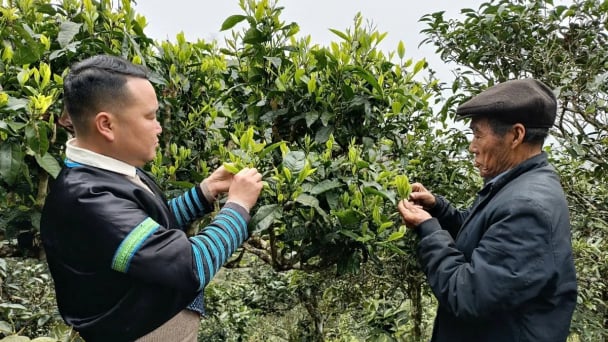
(VAN) Shan Tuyet tea is considered a 'heavenly treasure'. The H'mong people allow the tea to grow naturally, adhering to organic production principles, with the aim of exporting the product.
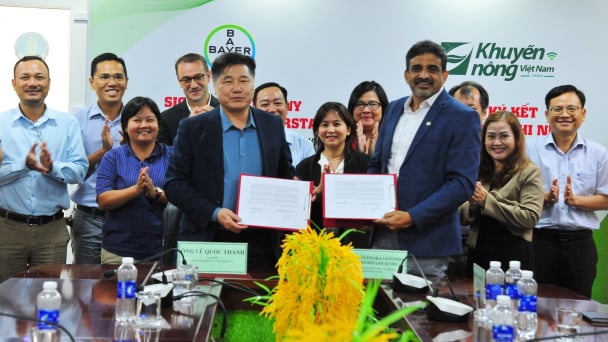
(VAN) Bayer Vietnam and the National Agricultural Extension Center have signed a partnership agreement to expand the development of effective and safe farming models for rice, durian, and coffee.
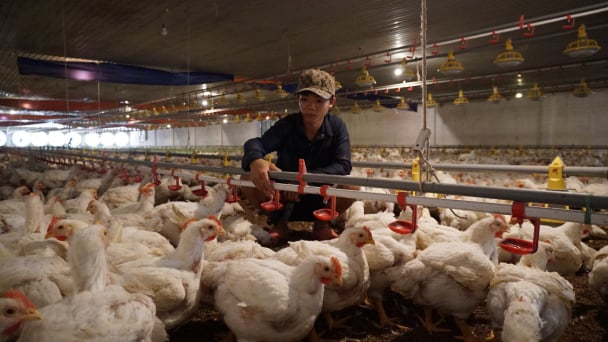
(VAN) Tay Ninh province possesses all the favorable conditions, from natural advantages to geographic location and social harmony, to drive economic development, particularly in attracting investment and advancing modern livestock farming.
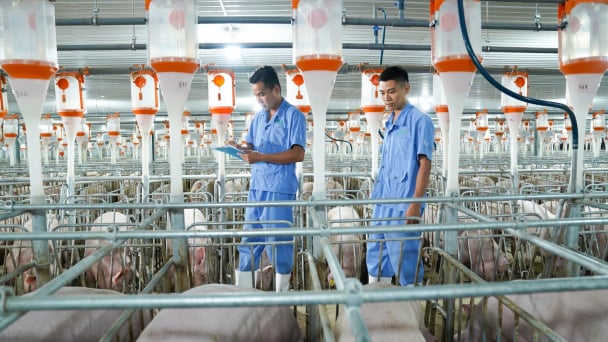
(VAN) Notably, every link in BAF's entire closed livestock value chain Feed - Farm - Food has received international certification.
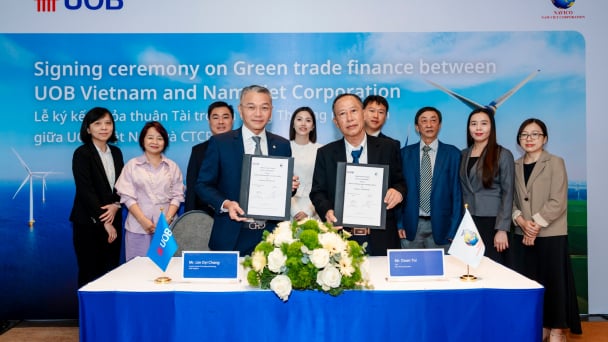
(VAN) UOB Vietnam has recently signed a green credit agreement with NAVICO to develop sustainable aquaculture that meets international standards.